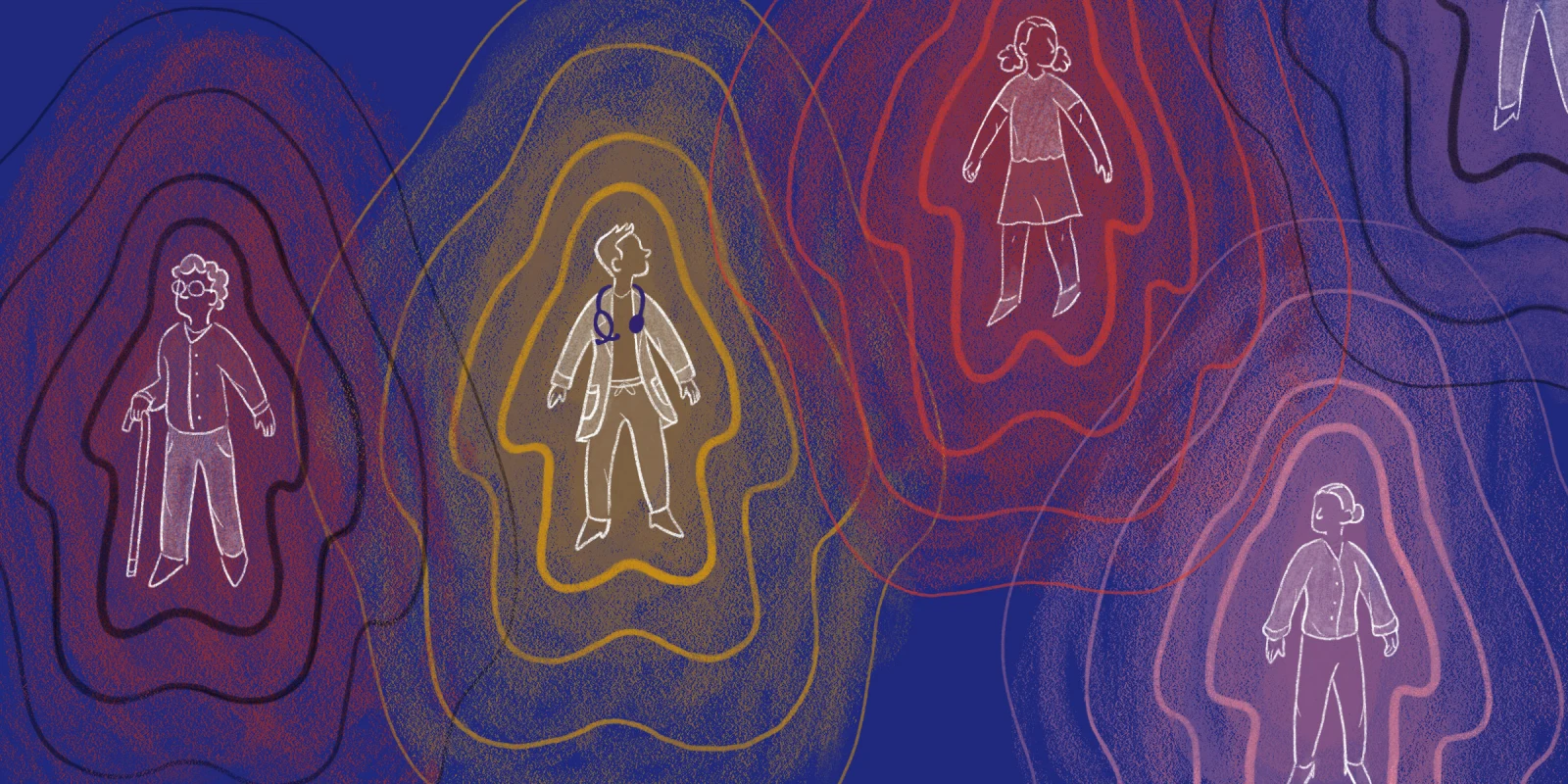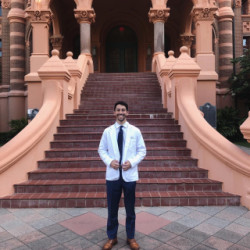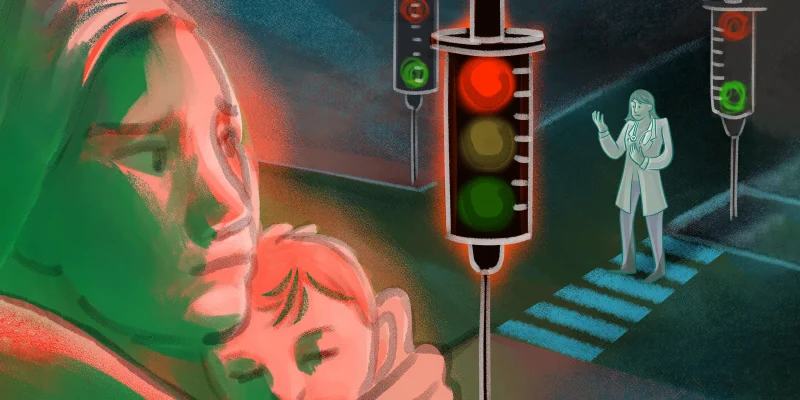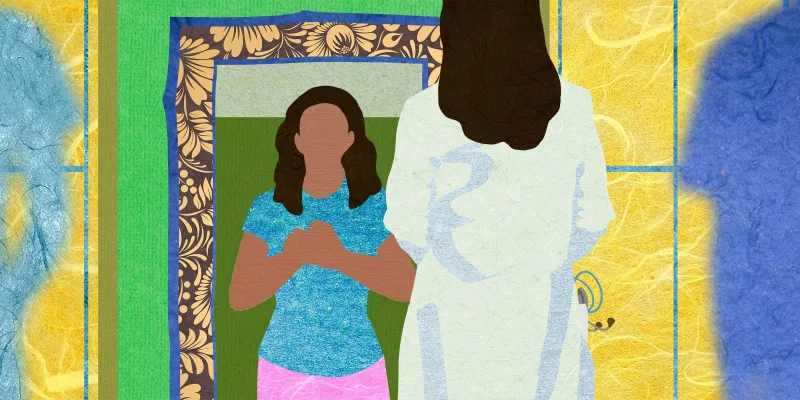Two soft taps on the door — no answer. I assumed the patient was still sleeping, so I entered slowly and pushed aside the privacy curtain. Like every other morning, I introduced myself as the medical student making pre-rounds. On this particular day, however, there was no response; I was greeted by an almost eerie silence.
Having read the admission H&P, I assumed that Mr. M would have an electrolarynx. He was just diagnosed with a second recurrence of laryngeal carcinoma and was already status post total laryngectomy and tracheostomy. But rather than speak to me, Mr. M reached for a small whiteboard and dry-erase marker at the foot of his bed, gesturing that he would use it to communicate with me instead. I felt a wave of unease crash over me, suddenly wondering how I would navigate this silent interaction. I had meticulously reviewed the imaging and past treatment history in preparation for a lengthy discussion about goals of care, but I did not anticipate this added barrier.
Sticking to what I knew, I began with a review of systems, which was easy enough, given that Mr. M could respond by shaking his head “yes” or “no.” I could feel myself stumbling over words when I asked how he was feeling that day, knowing that I would have to stand quietly as he prepared a response. The marker squeaked across the surface until he flipped it toward me: “OK. Trouble breathing.” This was to be expected due to the tumor occupying his superior mediastinum and compressing any structures within its reach.
Mr. M nodded approvingly each time I asked that he allow me to perform various physical exam maneuvers, yet I felt like an unwelcome intruder when I entered his personal space. The air was thick with apprehension as I prepared to inform him that his case was somewhat complicated for my level of training and would require more feedback from fellows and attendings before I could comment on the next steps. Preempting my exit, Mr. M raised a finger, indicating that he had one more thing to tell me. He scribbled quickly: “I want to try everything.” I smiled and told him that I would discuss with the faculty, knowing even in my naivety that “everything” was not an option at this point.
I left the room and breathed a sigh of relief, mentally exhausted despite having only said a few words. I thought back to the lectures of my preclinical years that focused on patient communication and the role of compassionate silence. We were taught what it means to be a healing presence and how powerful silence can be if used intentionally, but we did not address the possibility of a more uncomfortable, more painful silence. We did not explore the challenges that arise when we cannot communicate with patients in the way that we are accustomed to.
Looking back, I think about all the different types of unintentional quiet that can exist in medicine. When you enter the room of an intubated patient without family around, there is nothing but the sound of machines and monitors. When you see a patient who speaks a different language, you might feel disconnected while waiting for a translator. There are countless examples, but at the core, all of them should remind us of how we often take for granted our ability to communicate through speech; our tone, our word choice, and other invaluable components of communication can easily be lost.
According to the Journal of Palliative Medicine, there are three primary types of silence: awkward, inviting, and compassionate. As clinicians, we may hope to bring about one type of silence, but instead create another — while this of course depends on context, there is also wide variability in how patients might interpret the absence of speech. With Mr. M, I tried to speak in short and direct phrases so that he would have adequate time to formulate a written response, but how do I know that he did not view my pauses as uncertainty or fear? What if we were experiencing the same silence in two vastly different ways?
Addressing these moments requires us to challenge ourselves and learn what it means to sit with discomfort. Social norms might tell us to fill unintentional silence with meaningless chitchat, and our medical backgrounds may push us to continue discussing the diagnosis and treatment plan, but even the most uncomfortable silence provides us with an opportunity to grow.
What is your approach to unintentional silence? Share your experience in the comment section.
Jacob Herstein is a fourth-year medical student in Galveston, TX. He enjoys basketball, reading, and taking his dog to the beach. He tweets @JacobHMed. Jacob is a 2022-2023 Doximity Op-Med Fellow.
Illustration by Diana Connolly







